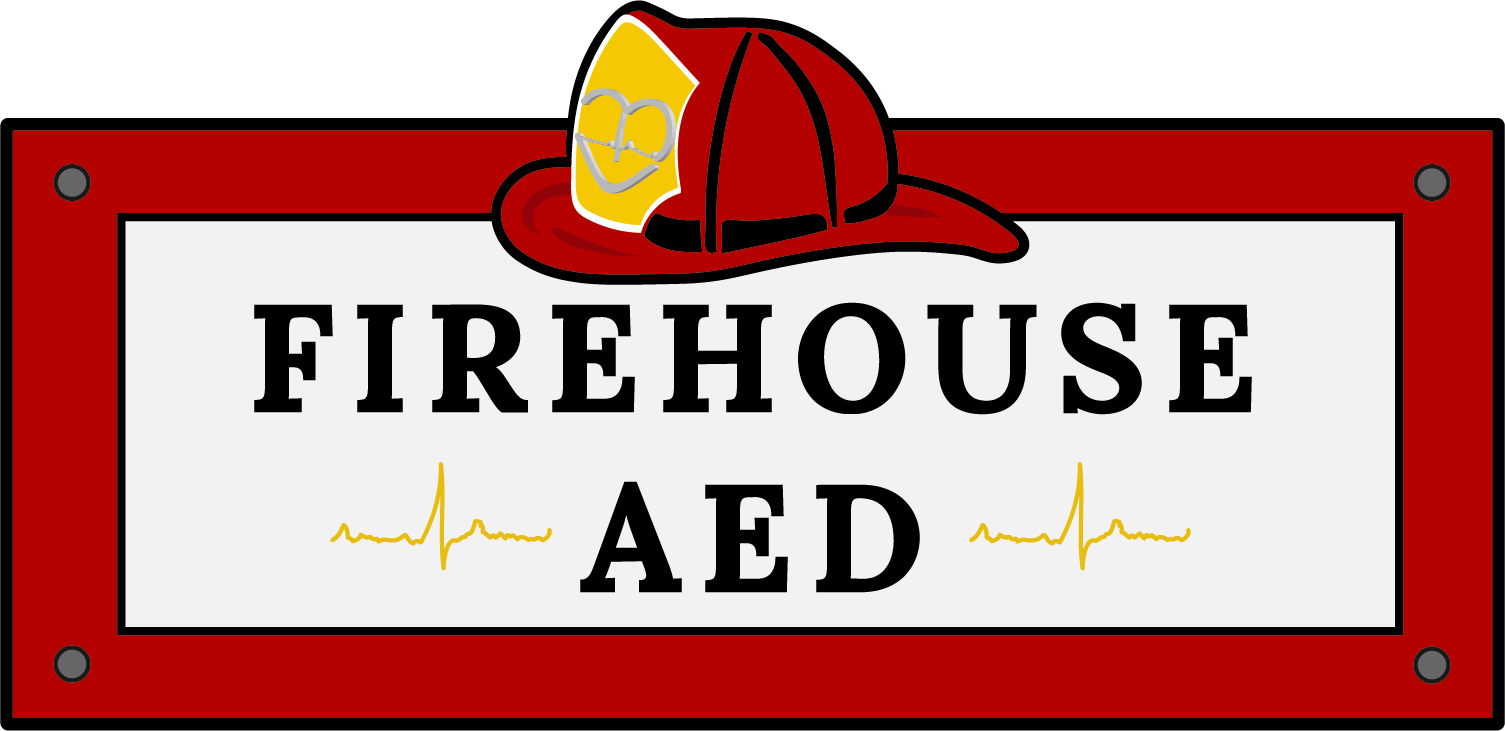Frequently Asked Questions
Sudden Cardiac Arrest
Ans: SCA occurs when the electrical system of the heart malfunctions, causing the heart to suddenly beat in an irregular rhythm. Blood stops flowing properly to the brain, stopping the victim from breathing normally and becoming unresponsive. CPR is important, but it is not able to restore the heart's regular rhythm. A defibrillator’s shock is the most effective way to restore normal heart rhythm.
Technique
Ans: Once opened, OnSite’s Life Guidance walks the user through the process at the user's pace. Special sensors in the pads provide feedback so that the instructions are fit for the current situation.
Ans: For the victim’s best chance of survival, the heart’s rhythm needs to be restored within 3 to 5 minutes. Even though calling 911 should always be the first step in any medical emergency, the typical response time for first responders is around 8 to 12 minutes. The victim’s chance of survival drops from around 7 to 10% with each minute that passes. The best chance of saving a person is to administer a shock within the 5 minute time frame.
Ans: The AED is able to assess the victim’s heart rhythm, determining whether or not a shock is necessary. If it advises the use of a shock, you will be directed to press a flashing orange Shock button, but if a shock is not advised, you will not be able to deliver a shock, even when pressing the Shock button.
Ans: Two adhesive pads can be found within the SMART Pads cartridge and have pictures on them that show the users where exactly to place the pads on the victim’s bare skin. Voice instructions also remind you to reference the pictures. What makes the pads “smart” is because they can sense when they’ve been taken out of the cartridge, been peeled from their liners, and applied to the patient, allowing the voice instructions to guide you through the process at one’s own pace.
Ans: While they should know what questions to ask you, if an Emergency Medical Services (EMS) responder does need a summary of what happened, the defibrillator has an internal memory where all important information can be retrieved from. The EMS responder needs to press the i-button, causing the OnSite to verbally recite the events of its last use.
Technology
Ans: OnSite comes equipped with a widely proven Philips technology, called SMART Analysis, for heart rhythm assessment. SMART Analysis is a complex algorithm that evaluates several characteristics of a person’s heart rhythm, determining whether a shock is needed.
Ans: A technology called SMART Biphasic Impedance Compensation helps OnSite administer the correct current and energy. This is the first biphasic therapy to be supported with sufficient evidence of over 40 published, peer-review studies to class it as “standard of care” and “intervention of choice” by the American Heart Association.
Training
Ans: OnSite is equipped with a special training SMART Pads cartridge that can be installed in the defibrillator, disabling its ability to administer a shock while simultaneously walking you through the correct procedure. An OnSite Training Tool Kit is also offered, containing training videos and presentation materials.
Expertise
Ans: With having distributed nearly one and a half million units, Philips is the worldwide leader automated external defibrillators (AEDs). We take pride in our AEDs, performing over 50 billion daily self-tests. We created defibrillators to be used by healthcare professionals, but OnSite is designed with the average bystander in mind.
